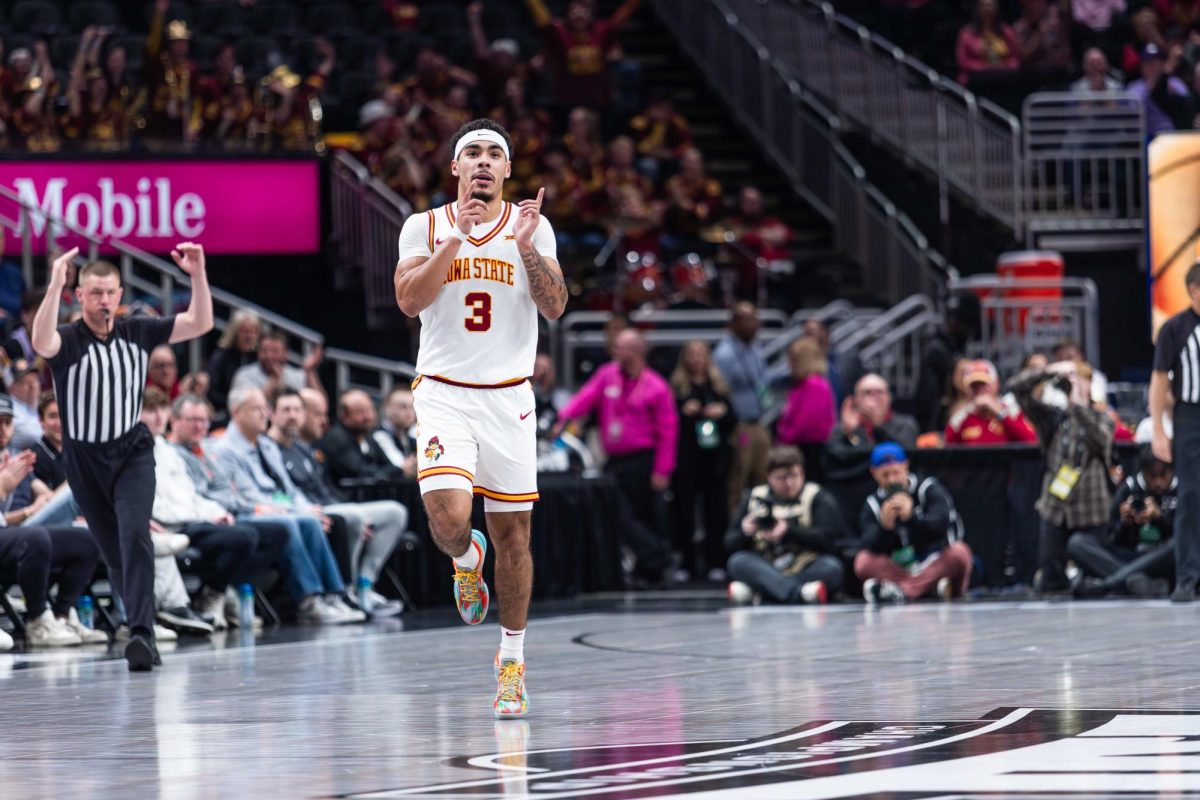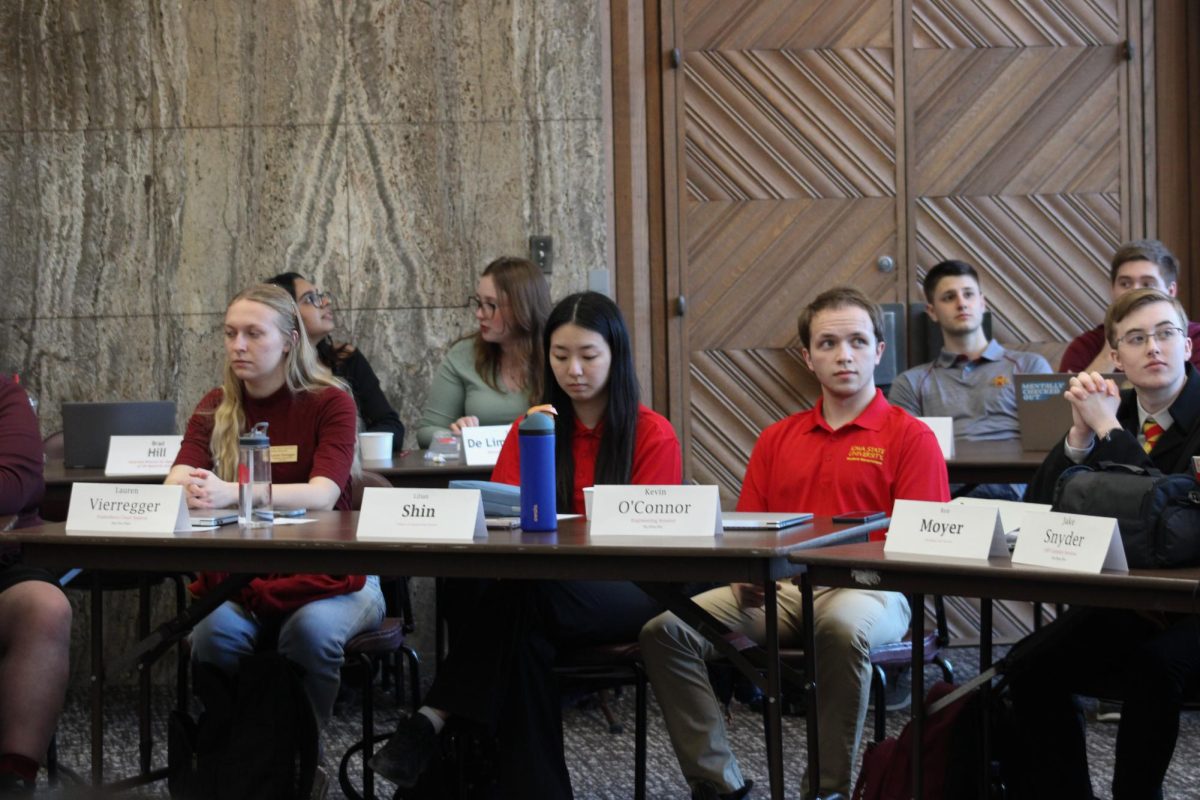Find a new way to teach tolerance
April 12, 1996
I had the opportunity to attend a discussion that was held in Friley Hall a few weeks ago entitled “Affirmative Action.”
The discussion was centered on the topic of “networking” — something that I had just returned from doing at a Public Relations Students Society of America (PRSSA) meeting.
In case you are unfamiliar with the term, “networking” in the context that it was being discussed means building a network of people-connections, mainly for the purpose of job-searching and opening up career opportunities.
The reasoning behind this concept is that people tend to hire people whose work habits and character are familiar to them.
It was being said at that point of the discussion that there is an “institutional network” (if I recall correctly) — consisting mainly of white people — that colored people are shut out of, and that affirmative action helped to open the field to those who weren’t a part of this network.
Having just returned from a round of establishing “connections” with some people who were in a position to hire me or help me get hired, I wasn’t inclined to agree with that statement.
If what was being said was true, then what was the point in my attending meetings organized by the PRSSA and meeting with the professionals it invited to speak every other week?
I have always been skeptical about affirmative action. Probably because there is a form of it in Malaysia. Instead of affirmative action for the minorities however, the policies in Malaysia are targeted toward providing educational and financial opportunities for the ethnic majority.
There was no strenuous objection to the policy on the part of the minority groups, probably because the economy has been growing at a pretty good rate and opportunities aren’t exactly scarce. Still, there is a perception that those belonging to the ethnic minorities have to work harder for the same opportunities that are provided to the majority.
Worse, there is a perception that those who are receiving the extra help need it because they cannot succeed upon their own strengths.
My skepticism about the affirmative action policies in the U.S. stems also from things I have heard and observed in my short time here.
Many people believe that affirmative action makes people hire or promote people just because it makes their company or organization look good or fill a quota.
That alone makes me think that affirmative action is not helping much in making people view those from the ethnic minorities as equal.
Hearing also that test scores are adjusted for minority groups because the tests are said to be “culturally biased” makes me think that the solution seems to have been applied at the wrong end.
If a test is culturally biased, I would think it would make more sense to adjust the tests and not the scores.
Realizing that I really did not know exactly what affirmative action was, I decided to read up on it and see if it was really true that affirmative action was “reverse discrimination” — that employers and educational institutions discriminated against white people and hired or admitted those who were less qualified on the basis of their skin color.
What I found was that affirmative action is an idea with the right intentions but possibly applied in the wrong place.
Reading an article titled “Questions and Answers about Affirmative Action” that was printed in the CrossRoads magazine last June, I found out that affirmative action does not impose quotas on companies or educational institutions; that it “pushes employers to… cast a wider net” and employ people beyond their circle of familiarity without lowering their employment standards. While I am happy to see that imposing quotas on companies or institutions is deemed illegal and I understand that sometimes people need to be pushed to accept or change their behavior with regards to discrimination, my own opinion is that I would rather rely on my own strengths to educate biased people about myself rather than rely on a program to do it for me.
I agree that using a higher authority to influence people to accept another’s differences will change things, and there is statistical evidence that things have changed very much for the better since affirmative action has been in place — but only on the surface.
What the numbers cannot show is how many people have really changed their way of thinking about people who are different from them.
In my experience, it is very hard to force people to learn something they otherwise would not have been interested in learning. Teachers probably know this.
The most effective way of teaching is not by forcing something down anyone’s throat — while the medicine gets there, the resistance to the medicine doesn’t go away.
So while affirmative action may work for now, maybe it is time someone thought of another way to teach people that someone who is different is not someone who is inferior.
Crispina Chong is a junior in journalism mass communication from Malaysia.






